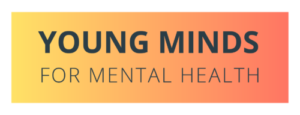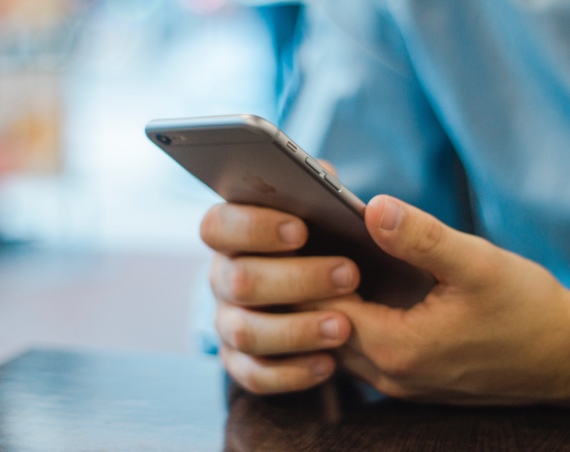In these physically distanced times, most of our interactions with fellow humans tend to be digitally mediated. The good news is that we can work wherever we want, whenever we want; the bad news is that we can work whenever we want, whenever we want — and the boundaries between work and relaxation can begin to blend. To help our mental health, being able to take effective breaks is more important now than ever.
So, what’s the best way to take a break? One method is a bit of a biological hack: drink water! Not only will you be highly hydrated, but your bladder will also serve as a natural reminder for you to get up every once in a while.
A more scientific alternative is the Pomodoro Technique, developed by Francesco Cirillo, which advises scheduling durations of work-time, with limited but regular break-time in between. For instance, one might work for twenty-five minutes and then take a five-minute break. This cycle can be repeated several times, after which a longer break, perhaps fifteen minutes, may occur.
Some say the Pomodoro Technique is the best way to maximize productivity since it clearly partitions focused work-time from relaxed break-time. But we can all recognize that “taking a break” by keeping an eye on our email inboxes or wrapping up a task isn’t exactly relaxing — so what can we do to maximize the break-ness of our breaks?
The American Psychological Association suggests prioritizing breaks, allowing ourselves to completely disengage from our work in those moments. In particular, giving ourselves space to take breaks — perhaps a physical location separate from your work environment or even a daily block of me-time — helps your brain more fully relax, so that you feel more refreshed when you return to your workspace. If you’re having trouble creating this space for yourself, even silencing your cell phone and closing the lid of your laptop can help you find a moment of peace before you get back to work.
Generally, we should enable ourselves to do whatever is most energizing to us in the moment, from reading a novel to watching cat videos. This means not succumbing to the guilt of “not being productive” — because, used properly, breaks will actually help you be more focused when you need to. As biological beings, we humans are not optimized to work constantly: after all, our circadian rhythms feature not just periods of productivity (being awake) but also rest (sleep). And also, even robots and computers need reboots every once in a while!



